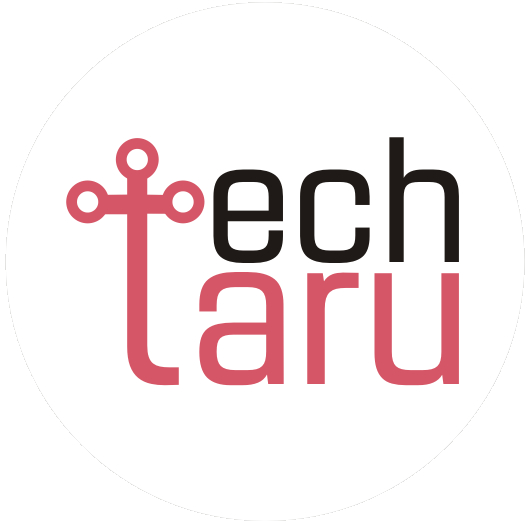An otherwise uninteresting website can become a remarkable and effective communication tool for your brand with the use of the proper web graphics. Beautiful images can either establish an emotional tone for your page or heighten one that you already have with your text. Your potential customers will find it simpler to understand your products and services if you provide pictures of food on restaurant websites or haircuts on hair salon websites. However, choosing the appropriate images for your website is simply one aspect of the process.

Where Are Images Needed?
Although images have great power, it is very easy to abuse them. Try to only utilize images and graphics in places where they make sense. Keep your website’s graphics in line with the information displayed on each individual page. When a visual explanation or demonstration will benefit your audience, such as when giving a tutorial or demonstrating the minute intricacies of an object, use them.
However, it’s crucial that each page of your website contain at least one image. Use an image to just catch your reader’s attention near the top of the page or to break up the text if you don’t have any natural purpose for any images on that particular page.
Using a background image that completely covers the browser window is a modern web design trend that, when done well, can be highly effective. These substantial backdrops can also reduce the number of images required for the page’s body. Jimdo’s fantastic background function makes using full-screen really simple.
For your site graphics, choose the appropriate file format.
The three most common file types used on the internet are.jpg, gif, and.png. The advantages and disadvantages of each vary. Before submitting any photographs to your website, you must convert any existing images to one of these three file types. Although some website creation tools may convert file formats for you, it is best to do this manually and upload the correct version first.
JPG
Photos work best in this file format. It manages the tens of thousands of colors in a very manageable way, enabling you to get an extremely attractive image with a very little file size. The majority of applications that let you export or save as JPEG (also known as a JPG) files have a quality level that you can change to balance the image quality and file size.
Save all images intended for the internet as JPEGs. Make sure the quality is set high enough to prevent JPEG noise, which is made up of tiny rectangles known as artifacts.
GIF
The more traditional format for flat color graphics is GIF. The 1987-born format is pronounced similarly to the peanut butter Jif. Despite losing popularity for use as regular web images, GIFs are still extremely common since they allow you to save several frames in one file. This makes it possible to create an animated. Gifs, are highly common on the web but more for fun than for any use. GIFs do a good job of compressing solid fields of color, and you can even select one color to be translucent, which is particularly useful when placing graphics GIFs are primarily only used for animation these days.
You could be requested to choose the number of colors you want in the file, ranging from 8 to 256 when saving a file in this format. The file size decreases with the number of colors. Once more, trial and error can be utilized to determine the ideal environment for your specific circumstance.
PNG
The newest member of this group is the PNG file. The use of GIFs in other scenarios has almost entirely been supplanted by the use of.png files for non-animated scenarios. They not only offer transparency but also various degrees of transparency, making them suitable for wide fields of color. This is highly effective because, unlike a.gif, which has the cookie-cutout appearance of transparency, it enables you to have areas of your image that are partially opaque and partially transparent.
Areas in PNGs might be completely or partially transparent. The conventional representation of transparency is a checkerboard made of grey and white. On top of a blue background, the logo on the right consists of merely three white letters and two somewhat transparent letters.
Finding free or inexpensive photos for your website is really easy these days. These are the websites that I personally frequent:

